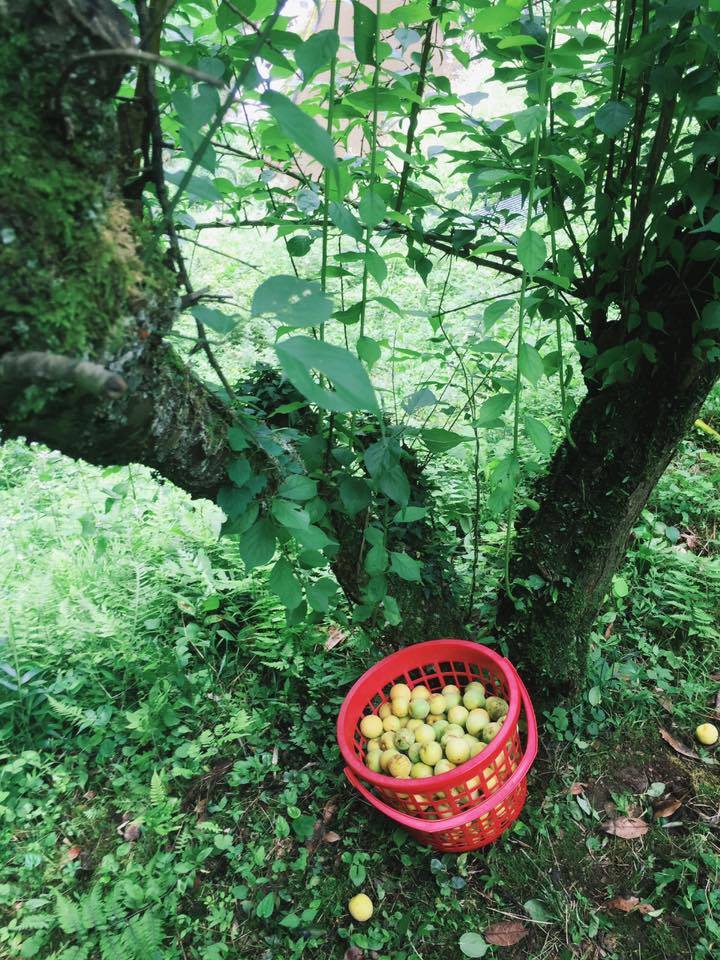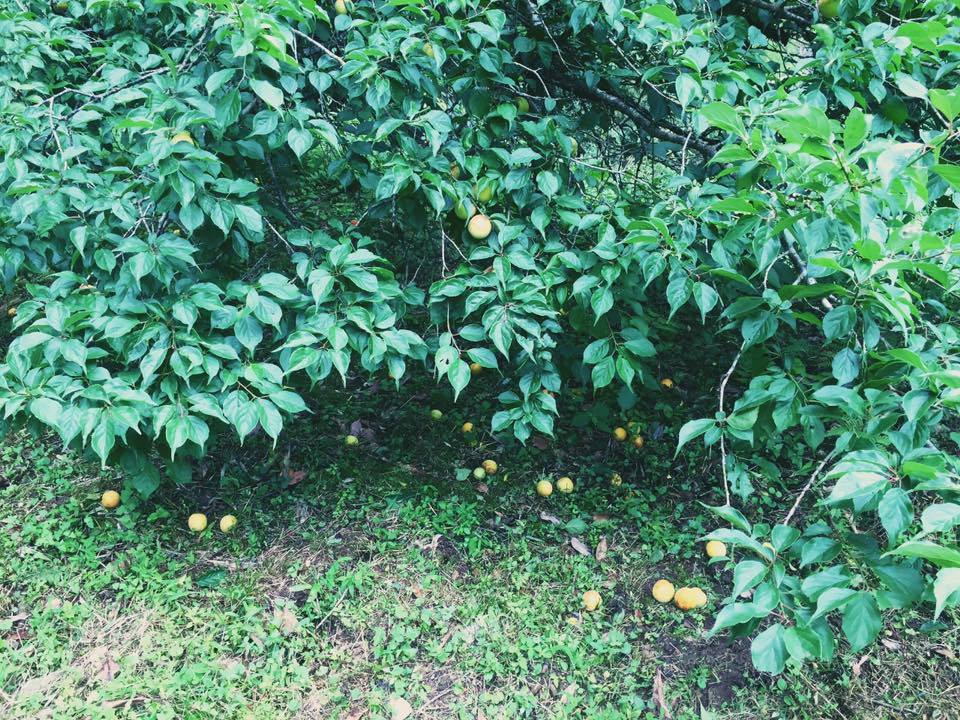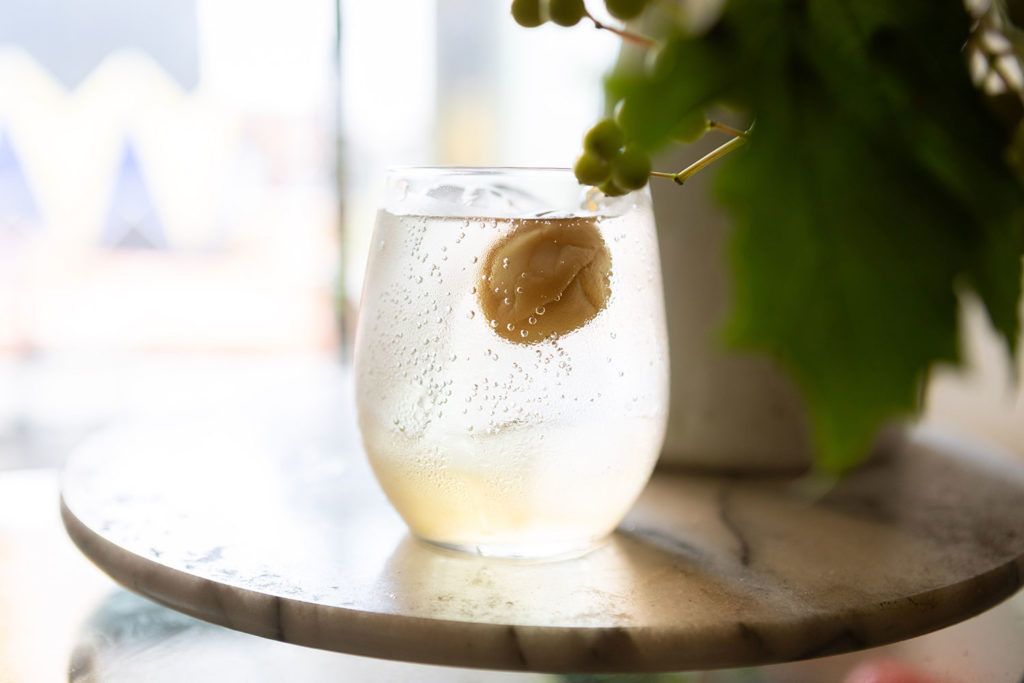All the cheeriness of the apricot emoticon.
Words by Jessica Thompson. Images by Yuri Nanasaki

When Japan descends into the sticky, damp depths of Tsuyu (rainy season) in June, a redeeming bit of joy comes in the form of a small, plum-like fruit called ume. Enter a supermarket in late June to early June and you’ll be greeted with displays of carefully measured 1kg bags of the adorable pre-ripe green ume, bags of rock sugar, containers for brewing, and recipes plastered to notice boards. With a little ambition and spare afternoon (not even an entire one), ume can be transformed into umeshu (ume liquor), a delicious multi-purpose beverage that delivers on both aspects of ‘homemade’ and ‘booze’, as well as making for a seasonably indoor activity. It also signifies better (less rainy) things to come.

“Ume is the fruit of the entrance to summer. It makes me feel that summer is on its way, and lots of fun is coming,” says Tokyo-based photographer, Yuri Nanasaki.


“My grandmother told me that ume are taken after the summer solstice,” says Nana.
Her family home in Shimane prefecture has three bounteous ume trees in the backyard. She returns home to pick them with her mother each year, and when she can’t, her mother sends a box to Tokyo. The first year I lived in Tokyo, she sent extra for me.
The fruit for umeshu are the green, unripe ume. Once they ripen into the warm shades of a summer sunset, these are salted and dried for umeboshi, or turned into ume jam. Nana explained to me how to make umeshu, washing and destemming the fruit, layering them in a jar with rock sugar, pouring over your choice in alcohol (with a percentage of 25% ABV or higher, to ensure the pickling process). It’s traditionally sake or shochu—but can be anything from vodka to tequila, rum, and brandy. Nana’s favorites are using gin, sake, or brandy.


The ume is then steeped in booze for at least six months and up to decades—I’ve had one 30 years old that tasted like an aged whiskey. Umeshu offers some additional perks at a spritz, it’s known as a “yakushu”, a medicinal liquor. It may seem like an oxymoron (obviously, it relies on modest consumption), and was first recorded in the 1697 dictionary of Japanese food culture, Honcho-shoku-kan, by Hitomi Hitsudai, where it’s mentioned to stimulate appetite, detoxifying, aid recovery from fatigue, improve circulation, thanks to the high citric acid element.

Drunk on the rocks, umeshu delivers a sour, almost forehead sweat-inducingly sweet-and-sour punch.
“I like the smell of plum and the sense of freshness when drinking umeshu,” says Nana, “At the moment of smelling or sipping, I get a feeling that spreads brightly in front of my eyes. The colour is just like the yellowish-green of a slightly ripe plum”.
With a dash of soda water, this is lifted by the refreshing effervescence.

The ratio for umeshu: soda is 1:1 or 1:2, depending on the strength of the umeshu and depending on your personal beverage style. The trade secrets are a chilled glass, all ingredients kept ice-cold (lukewarm liquids are the enemy of carbonation), adding the soda water gently, and stirring gently—just once or twice, with a spoon, lifting the ice slightly. Soda water needs to be treated with a delicate touch, as heavy-handedness will scare off carbonation.
See the recipe: Umeshu Spritz

